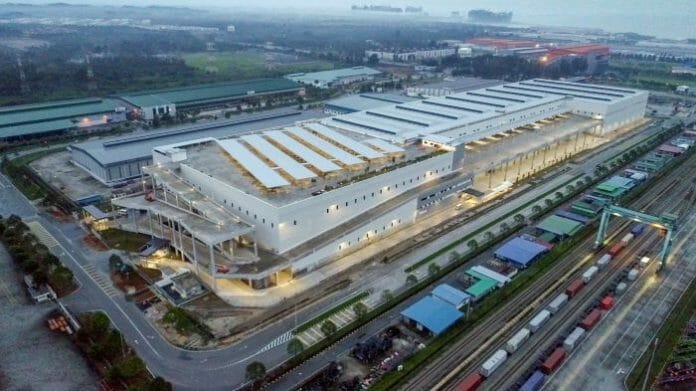Against a broadly subdued economic climate, the Malaysia REITs (MREITs) sector will still face challenging times ahead, repeating the narratives following the release of the 2022 Property Market Report by the National Property Information Centre (NAPIC) in March this year, said Kenanga Research (Kenanga) in the recent Sector Update Report.
To recap, its latest annual report reveals the prevalence of supply-demand gaps particularly in the office and retail sub-sectors, showing an occupancy rate of:
(i) 78.5% for the purpose-built office space down slightly from 78.9% end-2021.
(ii) 75.4% for retail space in shopping complexes sliding further from 76.3% at end-2021.
With that said, the occupancy rates for both the purpose-built office space and retail segments will remain under pressure going forward. Essentially, more supply will be coming onstream as the NAPIC report has forecasted:
(i) For the purpose-built office space, an incremental 1.53m sq m which is under physical construction and another 0.99m sq m attributable to planned supply, accounting for a combined 10.4% of existing supply.
(ii) for retail space in shopping complexes, 1.38m sq m and 0.35m sq m may be added.
Reaffirming the NAPIC findings, in its second half calendar year 2022 report published recently, Knight Frank has estimated an incremental supply of:
From a demand standpoint, even as economic activities are already back to usual post the pandemic, the incremental take-up rate for office and retail spaces will likely be soft in view of the slowing global economic outlook, the rising trend of flexible working arrangements, and weakened consumer spending power amid the elevated inflationary pressure.
“The 10-year Malaysian Government Securities (MGS) yield – a risk-free benchmark used by us as a valuation reference to impute the corresponding yield spreads in deriving our individual target prices – has been swinging sideways
thus far this year, climbing from a low of 3.74% in late January to as high as 4.06% in early March before retracing back to 3.74% currently,” said Kenanga.
This follows its previous slide from a high of 4.55% in October last year due to initial expectations that global interest rates might have peaked already. Against this backdrop, interest rates will probably remain elevated given the still sticky high inflationary environment, prompting Kenanga to maintain their 10-year MGS yield assumption at 4.5% for their computation of individual target yields and their respective target prices as they had rolled forward their valuation window to financial year 2024 during the recent earnings reporting season.
Backed by the still challenging industry dynamics, Kenanga is keeping their Neutral stance. Within the sector, they still like MREITs with the following attributes:
(i) niche in the right business segments particularly in industrial and retail.
(ii) own property assets in prime and strategic locations, which will continue to provide resilient rental income streams.
“From a valuation perspective, PAVREIT and SUNREIT emerge as our top retail-centric picks, offering potential total returns of 22.2% and 27.7%, respectively. We remain cautious on SENTRAL given its high exposure to the office segment,” said Kenanga.
Risks to Kenanga’s call include risk-free rate eases/strengthens, higher/lower-than-expected rental reversions, and higher/lower-than-expected occupancy rates.









